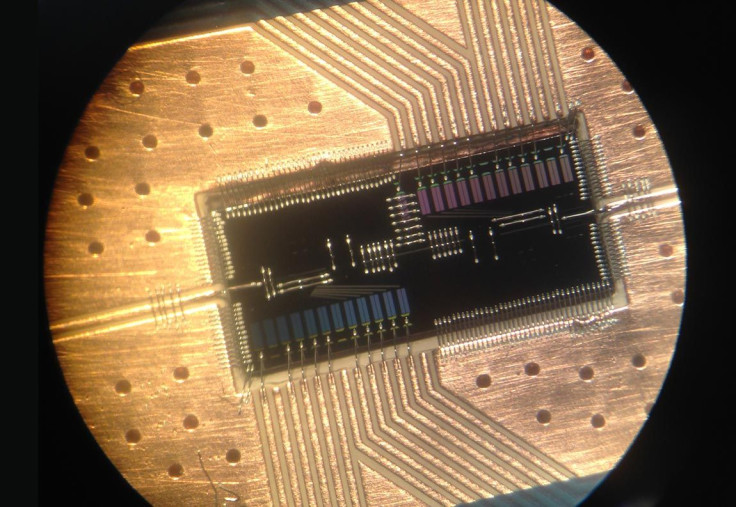Quantum Computing Update: Coherent Electron-Photon Coupling Achieved, May Help Build Scalable Devices

One of the biggest hurdles in the creation of viable quantum computers is overcoming the fragility of quantum information.
In the quantum realm, at least insofar as we can understand, particles are in a state of superposition, wherein they exist in two or more states simultaneously. However, this “coherence” lasts for only a fraction of a second before the whole system decoheres — a phenomenon that marks the transition from the realm of quantum to classical mechanics.
The fact that a coherent quantum state is short-lived is what allows reality as we know it to exist, but, for researchers looking to exploit superposition to create quantum computers, this presents a major roadblock. For these researchers, looking for ways to prevent, or at least delay decoherence — thereby preserving the state of superposition that makes quantum computers so much faster than their conventional counterparts — is a key goal.
Now, in a paper published Thursday in the journal Science, a team of researchers from Princeton University has shown that it is possible to build a device in which an electron can pass its quantum information to a photon — particles that are more robust against disruption and can therefore carry quantum information from qubit to qubit.
"Just like in human interactions, to have good communication a number of things need to work out — it helps to speak the same language and so forth. We are able to bring the energy of the electronic state into resonance with the light particle, so that the two [the electron and photon] can talk to each other," study co-author Jason Petta, a professor of physics at the university, said in a statement released Thursday. "We've shown we can coherently couple an electron to light, and that is an important step toward coupling spin to light."
The "spin" in this case refers to an intrinsic form of angular momentum that electrons posses — a property that allows them to be used as qubits.
In this particular case, the qubit consisted of an electron trapped below the surface of a silicon chip in a region called the double quantum dot, wherein the quantum information contained in the electron depends on the energy pocket it occupies. The researchers were able to control which pocket the electron occupied by controlling the voltage applied to the device.

Once this was achieved, the researchers were able to get the electron to "talk" to a photon confined in the cavity by placing nanometer-sized wires closer to the former and by reducing interference from other sources of electromagnetic radiation.
"We now have the ability to actually transmit the quantum state to a photon confined in the cavity," lead author Xiao Mi, a graduate student at Princeton University, said in the statement. "This has never been done before in a semiconductor device because the quantum state was lost before it could transfer its information."
Prior to this, semiconductor qubits could only be coupled to neighboring qubits. Researchers hope that eventually, by using photons to couple electron qubits, it may be possible to pass information between qubits at opposite ends of a chip.
"In the long run we want systems where spin and charge are coupled together to make a spin qubit that can be electrically controlled," Petta said.
© Copyright IBTimes 2025. All rights reserved.






















